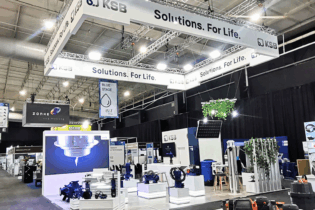By Shannon Vermaak *
Prepaid perks for consumers
With prepaid water meters, consumers don’t have to wait until month-end to see that it wasn’t the best idea to water the garden every day, or to find out that they have a leak. When consumers know exactly how much water they’re using and what it’s costing, they can better manage their finances and handle leaks. Pay-as-you-go water systems – much like prepaid electricity or airtime – give lower-income earners more financial control by enabling payment in smaller, frequent increments. This prevents debt, which can compound on a post-paid arrangement. Some prepaid systems also offer “lifeline water” or “emergency water”. In exceptional circumstances this allows users access to water when they’ve depleted their credit,Prepaid perks for providers
‘Providers’ in this context refers to both municipalities and 3rd party service providers.Now, curbing municipal water losses should be a priority, not only because there won’t be enough water to go around in two years, but also because of the financial and economic implications. SA spends R7 billion a year on water losses – money that could be used to upgrade infrastructure and build more catchment facilities.
Aside from their ability to alert municipalities to leaks, prepaid meters also drastically reduce government’s admin costs. This is because municipalities don’t need to chase bad debts or budget for legal fees on unpaid accounts. Public sector cash flow is immediately improved because municipalities are paid upfront for water. Collecting data from prepaid meters is also more efficient than the manual collection required for post-paid meters. Prepaid systems are also cost-effective solutions to sustainable water management in that they have a low cost of acquisition and, by curbing water usage, capital recovery is possible within months. The systems are also able to distribute water equally, based on free water quotas, water balancing and fluctuating demand. Finally, sectional title management companies can bill more accurately with prepaid systems, instead of splitting consumption equally between units within a complex.







